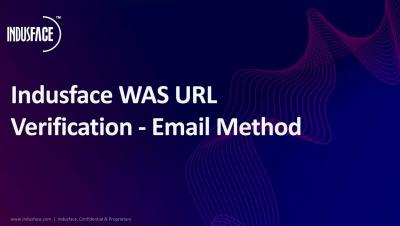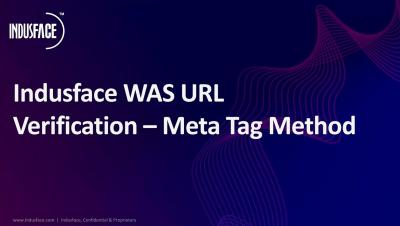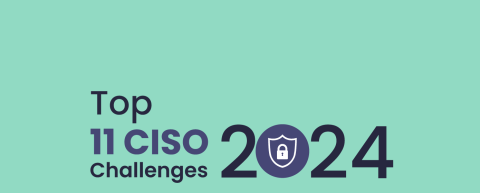10 Botnet Detection and Removal Best Practices
If your device suddenly behaves like a re-animated zombie, you might be under a Botnet attack. Also known as a zombie army, these attacks involve hijacking internet-connected devices infected with malware, controlled remotely by a single hacker. The scale of these attacks is immense, as demonstrated by a cyber assault that exploited 1.5 million connected cameras to overwhelm and take down a journalist’s website.











